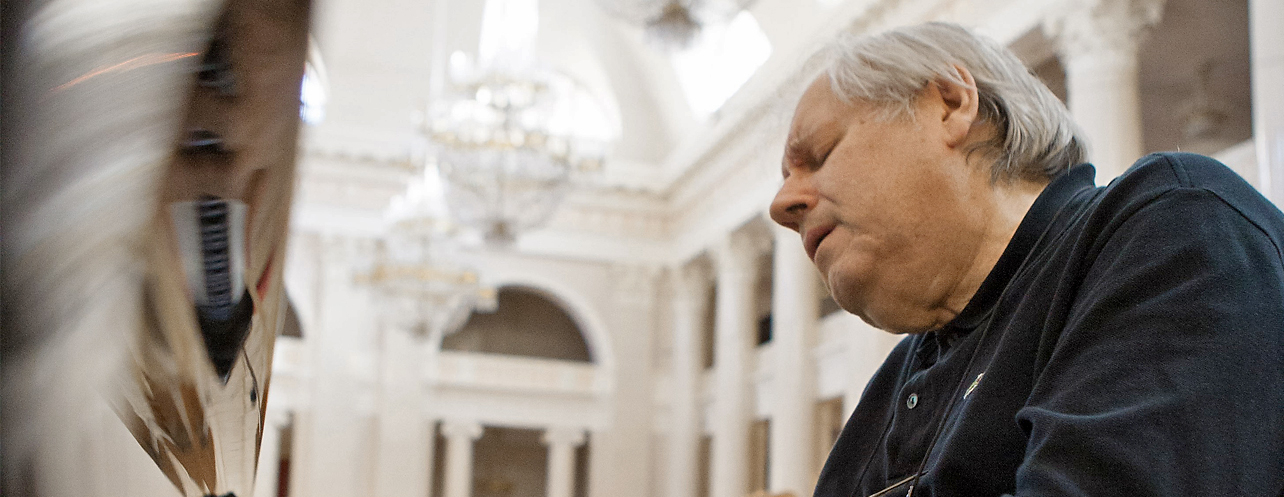It was not without adventures along the way. Two of the 12 main propulsion engines failed during the flight. The temperature control system was also damaged. In addition, the docking process itself had to be postponed twice.
For the first time, the Washington Post reports, “the controllers on the ground worked to validate the telemetry data as well as to provide ideal lighting conditions and stable communication.” In the second case, the problem was the mechanism Starliner uses for docking. It had to be rolled up and pulled out a second time for it to function properly.
However, these problems were not serious enough to torpedo the mission.
The success of the mission means that, for the first time in history, a country will have a fleet of two different ships designed to transport people into space (the other being the Crew Dragon vehicle owned by SpaceX’s Elon Musk).
It is also a success on the path that Americans – and their space agency, NASA – took more than a decade ago: to hand over orbit transport to the private sector. It is worth remembering that at the time of formulating this strategy, its success was not at all obvious. Previously, governments and their space agencies had a monopoly on carrying people and goods into orbit.
“Above” Starliner will spend 5 to 10 days, after which it will return to Earth with almost 300 kg of luggage from the ISS. If all goes well, the capsule will soon take the astronauts with it. Boeing estimates that it will be able to be used approximately 10 times. Why only so much? Space travel places a heavy burden on spacecraft materials. Nobody wants a vehicle to crash into the atmosphere due to some undetected fault.
Although the flight was unmanned, this does not mean that the capsule was fired empty. Almost 300 kg of supplies for astronauts on the International Space Station were on board. In the commander’s seat there was an unusual “passenger” – a mannequin affectionately named “Rosie Rakieterka”.
Rosie weighs about 80 kg and it was her second flight – so in a way she is a space veteran. The dummy also took part in the first, unsuccessful Starliner flight in 2019. Both then and now it had a responsible task – gathering information on the conditions in the capsule during the flight. This is important because astronauts are then subjected to great overload. A set of sensors assisted Rosie in this task.
Rosie’s first flight provided us with a wealth of information about what the astronauts will feel during their flight. This time, Rosie will help us maintain the center of gravity of the capsule during take-off, docking, detaching from the Station and returning, explained Melanie Weber, a member of the Boeing team responsible for Starliner, before last year’s launch. Why is keeping the center of gravity so important? – Even a passenger car must maintain an appropriate center of gravity, otherwise there is a risk of tipping over – explained the employee of the company.
– While during the first test flight, Rózia provided us with invaluable information about the forces exerted on the person sitting in the commander’s seat, now a set of new sensors will tell us what is happening with passengers occupying the remaining seats. As a rule, the feelings in each of them should be similar, but our engineers want to be sure about it, so that every astronaut can enjoy a pleasant journey – said Dan Niedermaier, chief engineer of the capsule in a statement from 2021.
Róża was named after “Róża Nitowaczka” – an icon of American pop culture, a character from the song “Rosie the Riveter” by Redd Evans and John Jacob Loeb, personifying women working in American factories during World War II. With time, the nickname stuck to the woman from the famous poster “We Can Do It”, whose heroine flexes her biceps and wears a characteristic red scarf with white polka dots on her head. The same, for the duration of the mission, was also received by Różia Rakieterka from the Starliner deck.
Thank you for being with us. Subscribe to the Onet newsletter to receive the most valuable content from us
Creation date: Today, 04:33
–
/data/photo/2021/10/17/616b902084fb8.jpg)
